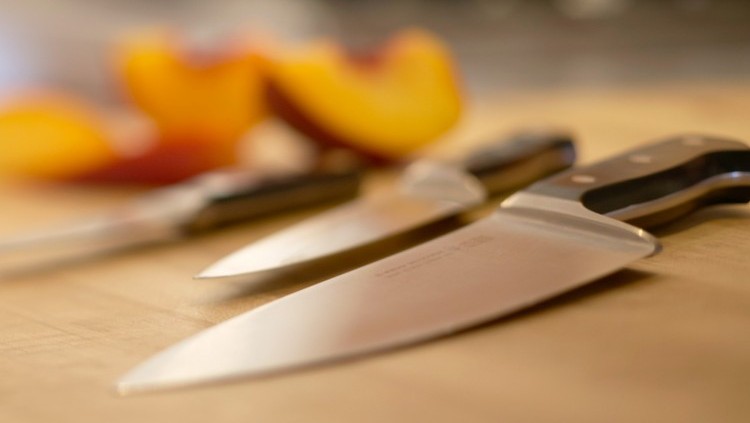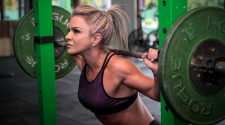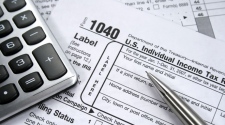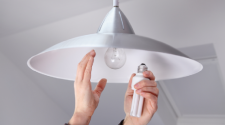Knife safety is a commonly overlooked area when it comes to education and awareness. There is likely no place or time more common to find the use of knives on a regular basis than in the kitchen. So the focus of conversation here will be regarding the safe use of knives in the kitchen, which will cover three primary considerations: The use of knives, the cleaning and the storage of knives.

The use of Knives in the Kitchen
There are a variety of knives to be found in every kitchen, and each knife has its own purpose and should be used accordingly. This seems simple enough, but it is far too easy to imagine that in a rush or due to thoughtlessness a large knife may be drawn from the knife rack when peeling a potato or skinning a small fruit, this is a recipe for an accident. The rule is to always use the appropriate knife for the corresponding need, in the example just discussed – a paring knife would be a wise selection as opposed to a steak knife or larger cutting instrument.
Cutting Boards are your Friend
Using a cutting board is always suggested, or another surface as a substitute when applying safe knife usage principles. It is considered best to avoid wooden cutting boards as they are known to retain bacteria. One of the primary applications in safe knife usage is to avoid holding the item being cut, instead place the item onto the cutting board. Along with this instruction it is also noted that fingers should be kept above and away from the blade edge in the event of the knife slipping.
How to use a Kitchen Knife Properly
When it comes to actually making cuts with a knife, remember that the proper cutting motion should always be done with the cutting motion moving away from the user. In the event the blade would slip off the item being cut this will prevent any potential for the blade to strike the user.
The other most common errors when using and handling knives are using instruments with dull blades and using knives that have greasy or slippery handles. A dull knife blade not only increases the chances of an accident but makes any job more difficult. The potential of a having a knife slip, or requiring an unsafe amount of force to perform a cut is greatly enhanced when using a dull blade. It should always be ensured that the handle of a knife is free from any slippery coating, and can be firmly gripped as well.
Why it is important to look After your Knives and Keep them Clean
Cleaning knives offer as much potential for accident and injury as using a knife. Both when using and cleaning a knife attention should be paid to the task at hand. Attempting to carry on a conversation or performing other tasks while using or cleaning knives can be a costly error in judgement. Always clean the knife with the blade edge facing away from the user, it might sound obvious but many forget this and it ends badly. It is also advisable to be certain that there isn’t excessive pressure being used when cleaning blades. Using a reliable cleaner, and even a scrubbing brush to remove stains from the blade is worth consideration to limit the possibility of injury.
Storing your Sharp Kitchen Knives Safely
How and where knives are stored can be a common mistake found in many kitchens. Often found in kitchen drawers are collections of various types of knives, even with some lying in the drawer with the blade edge upward. A knife rack is always the best option for storing knives. Avoiding putting knives in with other utensils is a practice that should always be applied. If a drawer is to be used it is advisable to keep knives separated by type and kept separate from other utensils such as spoons and forks.
Applying these safety principles will help to ensure that fewer accidents and injuries occur, and should always be applied to any cutting task. Please feel free to contact the Newcastle kitchen and bedroom CO. for more information concerning knife safety in the kitchen.
















